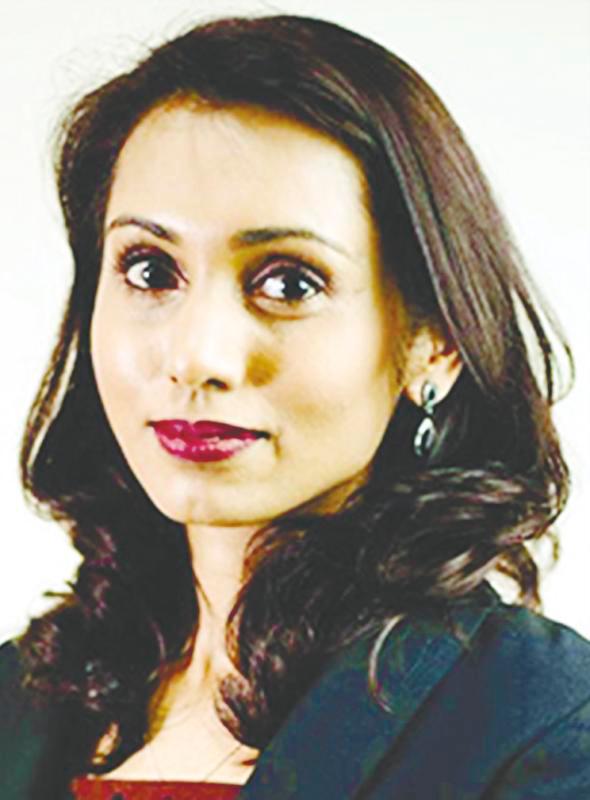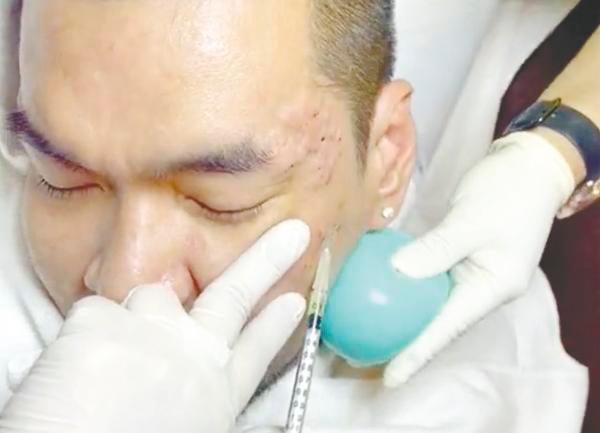PETALING JAYA: A consultant dermatologist has warned Malaysians to check the credentials of those performing Platelet-Rich Plasma (PRP) facials before undergoing the procedure, which is growing in popularity.
Dr Teeba Raja (pic) said demand for PRP facials in the country has been prompted by Western celebrities and influencers who showed off their rejuvenated skin after the treatment, stirring interest among beauty enthusiasts.
“Certified dermatologists, licensed aesthetic doctors and well-trained medical officers can all perform PRP facials. However, to reduce the risks involved in such procedures, it is important to ensure that the medical professional performing it has the proper certifications and experience.”
She said one should ensure that strict safety and hygiene measures are in place, including using clinically sterile equipment, following needle protocols and maintaining a clean clinical environment, while US Food and Drug Administration or equivalent approved equipment and materials should be used.
Teeba said by following these steps, patients can help ensure they receive PRP facials in a safe and hygienic environment.
She said this is important as PRP facials use a patient’s blood to rejuvenate the skin. The process starts with drawing a small amount of blood, which is then spun in a centrifuge to separate the platelet-rich plasma, which is then injected or micro-needled into the patient’s face.
The growth factors in PRP are believed to stimulate collagen production, improve skin texture and promote a youthful appearance.
A survey by theSun around the Klang Valley showed that PRP facial prices differ according to the expertise of the specialists and range from RM700 to RM2,000 per session.
Multiple sessions are often recommended for optimal results.
Teeba said the demographics of patients seeking PRP facials are quite diverse and that a higher number of individuals aged between 25 and 45 is typical.
“Both men and women show interest in this procedure, even though it is predominantly women who go for it.
“Patients are generally those keen to maintain their skin health and appearance.”
However, Teeba said the effectiveness of the procedure varies according to the individual and the technique used. Factors such as the patient’s health, PRP quality and practitioner’s skill can influence the outcome.
Another consultant dermatologist and internal medicine physician, Dr Rani Manohari Kuppusamy, said the regenerative properties of PRP are not limited to facial aesthetics.
She said PRP has been used in various medical fields, including orthopaedics and dentistry, for its ability to promote healing and tissue regeneration.
“This cross-disciplinary success has added a layer of credibility to its use in cosmetic dermatology. Since the treatment uses the patient’s blood, the risk of allergic reactions or adverse effects is significantly reduced compared with synthetic fillers or other cosmetic procedures.”
As with any trending cosmetic procedure, PRP facials come with their share of controversies.
According to the Institute of Islamic Understanding Malaysia, the use of blood and blood products as medicine is allowed if there are no alternative treatments available.
Medical experts must also confirm that the blood-derived procedure is effective.
Under these conditions, Islam permits the use of blood and blood products, including PRP, for “medical purposes”.
However, Federal Territory mufti Luqman Abdullah previously emphasised that this does not include use for cosmetic purposes.
Rani Manohari said this may be because PRP facials lack extensive scientific research and standard protocols.
“While some studies support the efficacy of PRP facials, others highlight the need for more rigorous, large-scale clinical trials to establish consistent results and safety profiles,” she said.










